Grape Variety
Folle-Grise
"fohl GREEZ"
Wine Styles
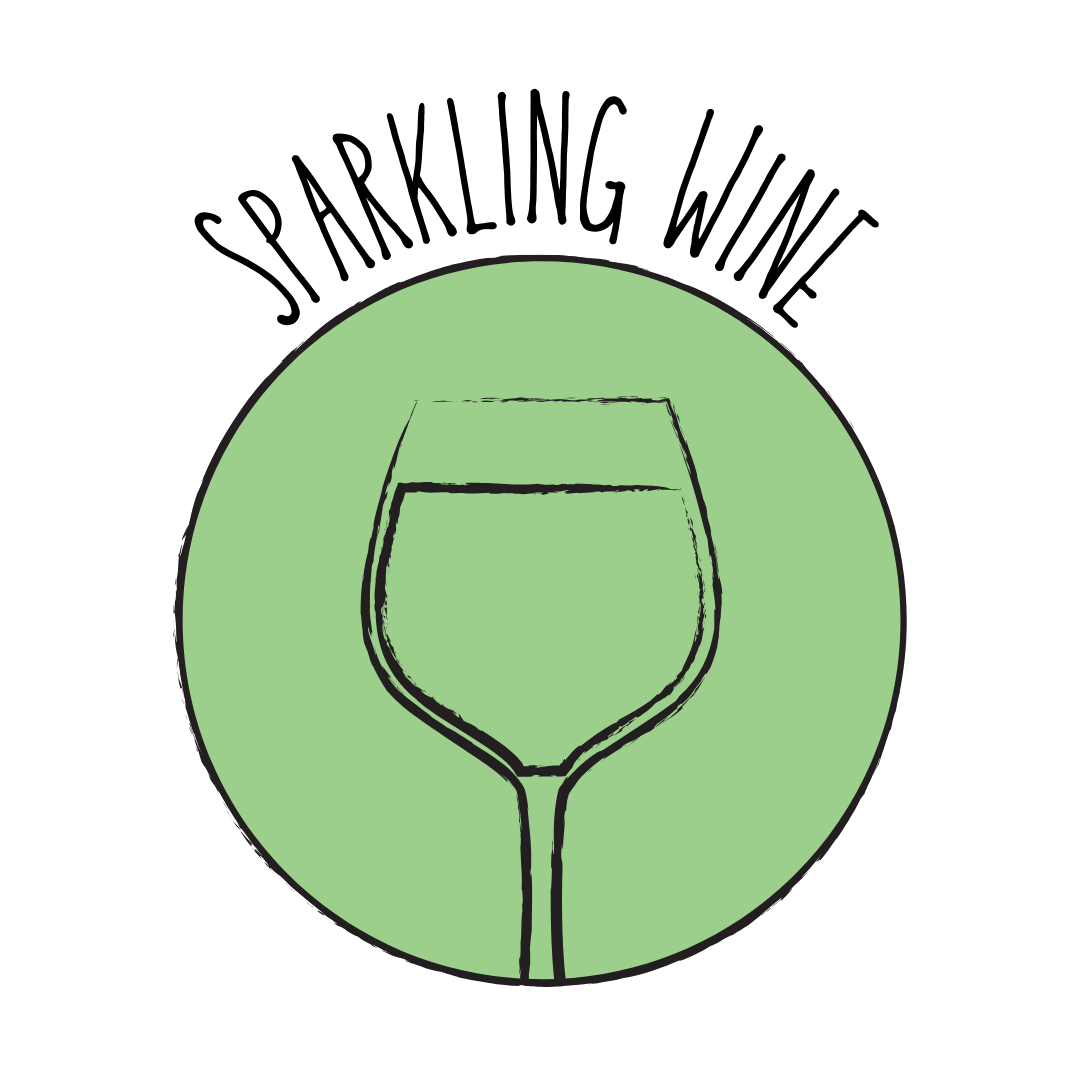 Sparkling
Sparkling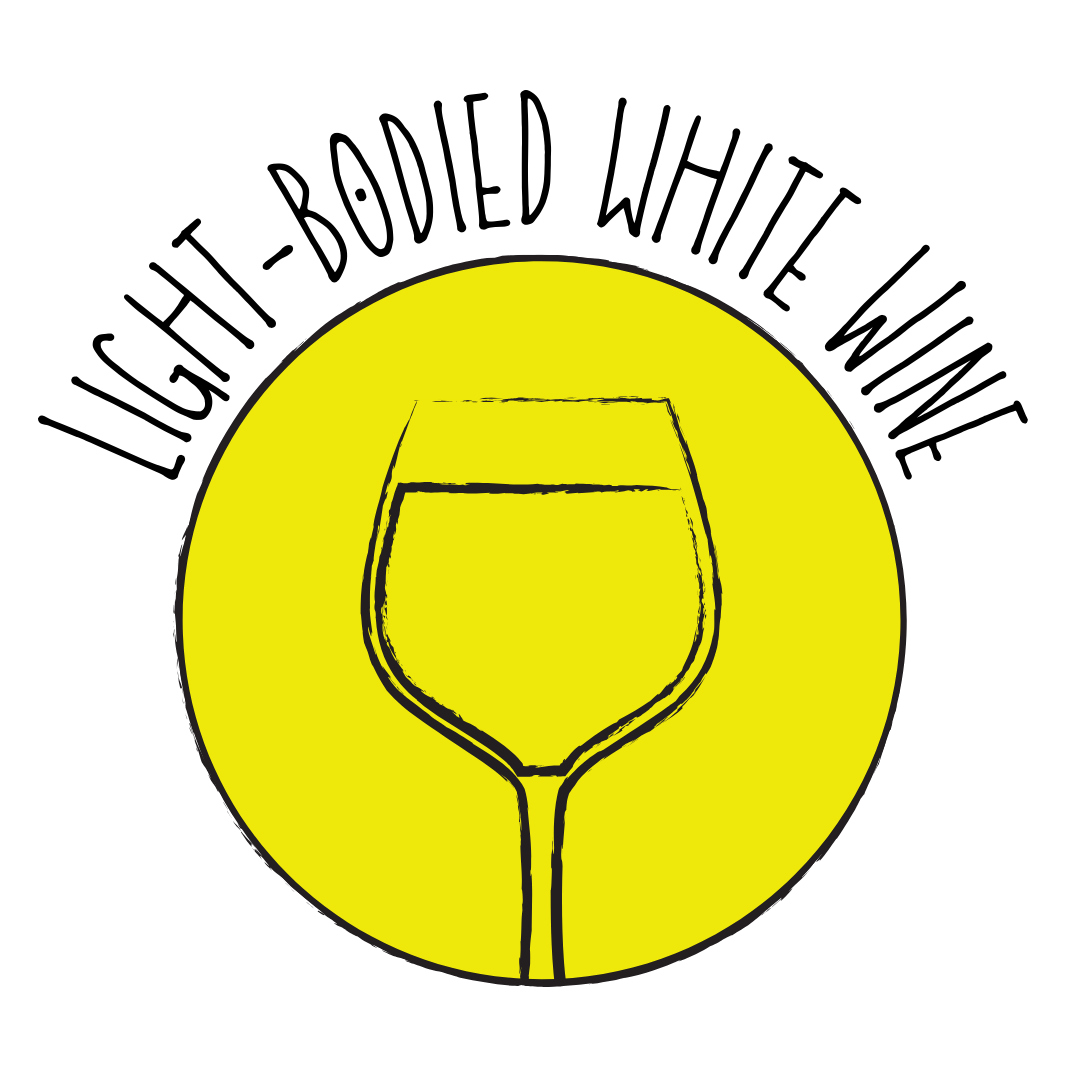 Light White
Light White Full White
Full White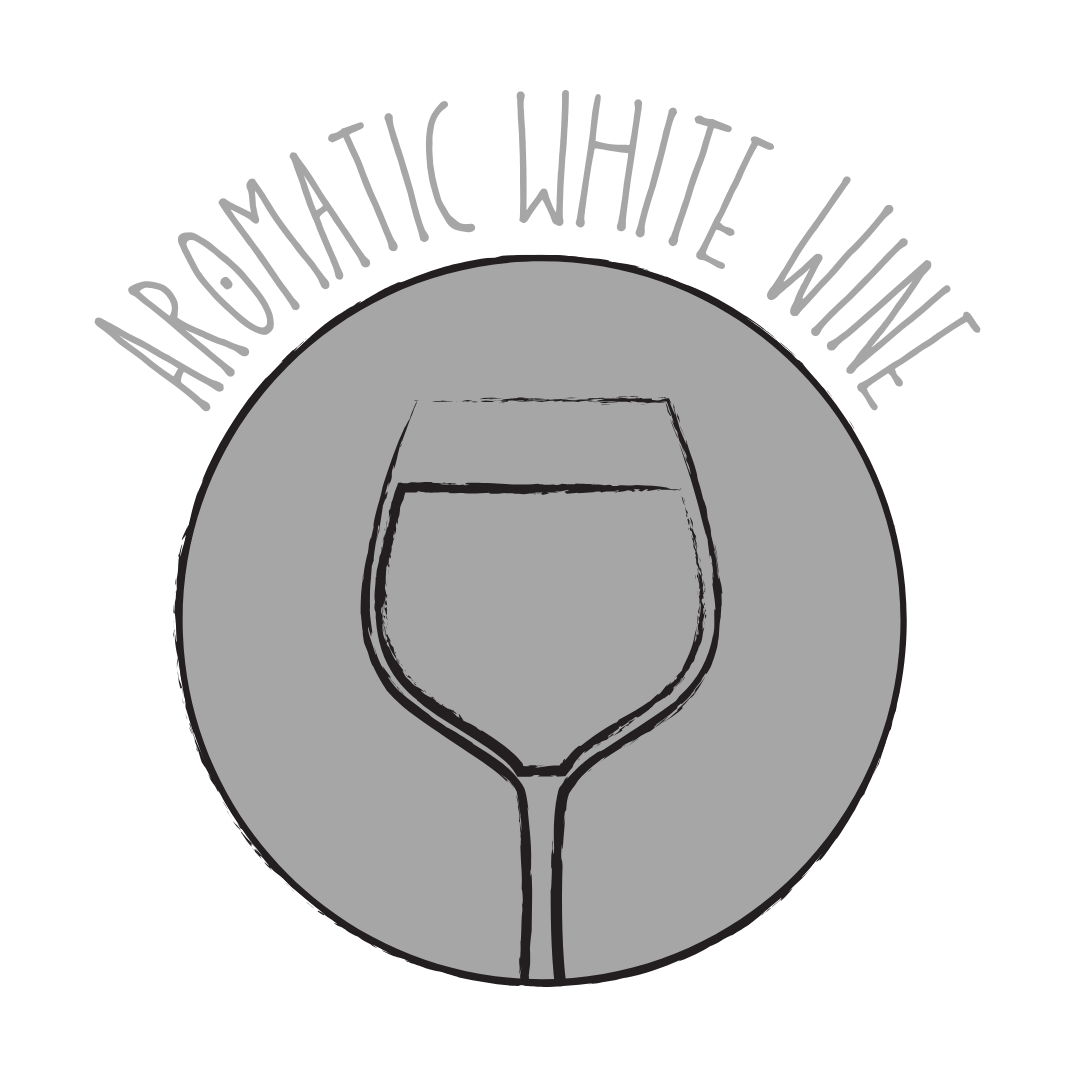 Aromatic
Aromatic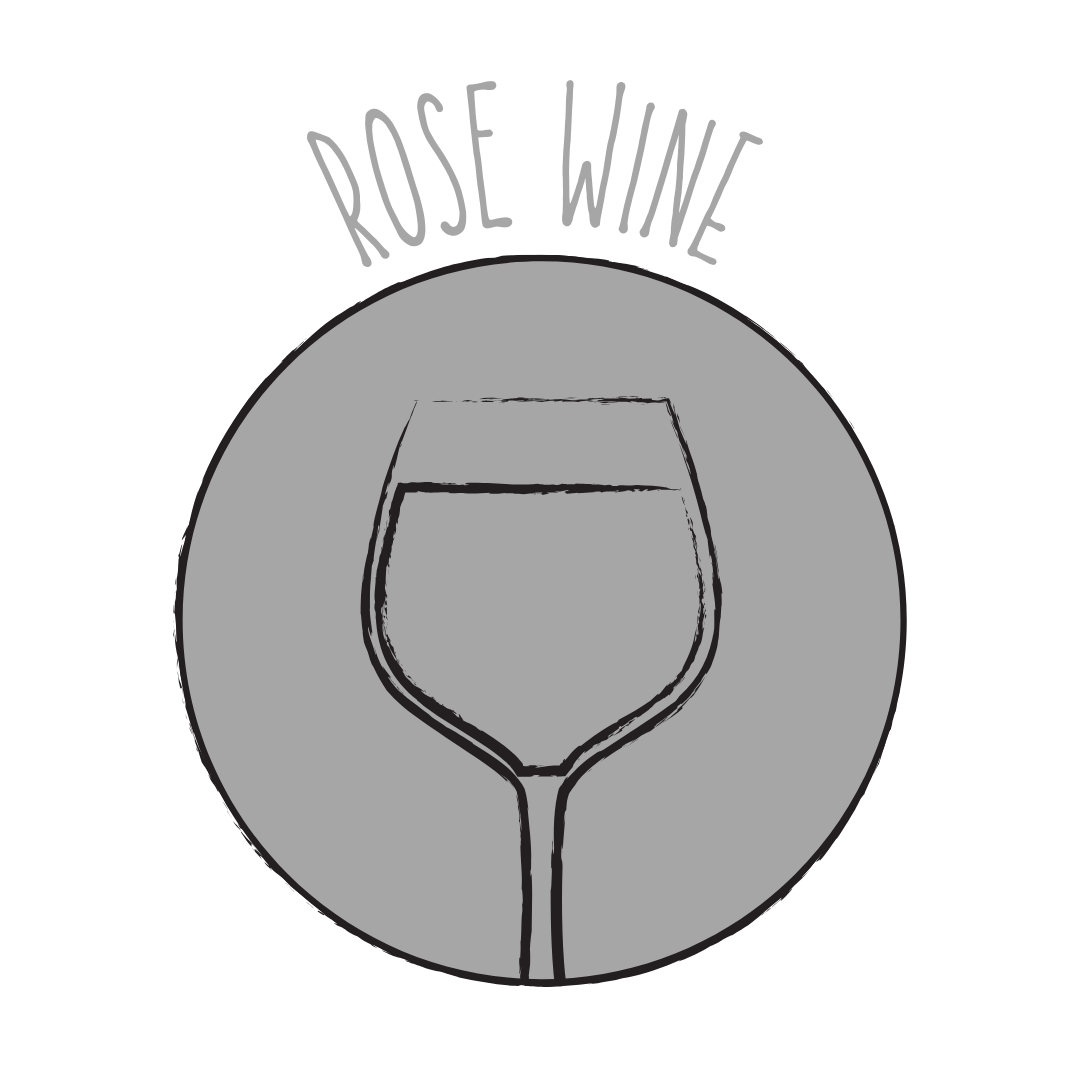 Rosé
Rosé Light Red
Light Red Medium Red
Medium Red Full Red
Full Red Dessert
DessertAbout Folle-Grise
Origin
Southwest France
History
Folle Grise is a white grape variety from southwest France, closely related to Folle Blanche. Historically, it was used in the production of Cognac and Armagnac, but its cultivation has significantly declined over the years. Today, it is a rare variety, with limited plantings primarily in the Loire Valley and Gascony regions.
Appearance
Small to medium-sized, round berries with a greyish hue, forming compact clusters.
Growing Traits
Folle Grise is a vigorous vine, known for its high yields. However, it is highly susceptible to diseases such as downy mildew and grey rot, which has contributed to its decline in cultivation. The grape prefers sandy and clay-limestone soils and thrives in temperate climates.
Wine Characteristics
Body
2/5
Sweetness
1/5
Tannin
0/5
Acidity
5/5
Alcohol
2/5
Light-bodied with a delicate and subtle profile, offering a refreshing and crisp palate. Typically dry, highlighting its natural acidity and minerality. Negligible tannins, as it is a white wine variety, resulting in a smooth and clean finish. High acidity, contributing to its vibrant and zesty character. Moderate alcohol content, typically ranging between 10% and 12%, ensuring a balanced and approachable wine.
Taste Profile
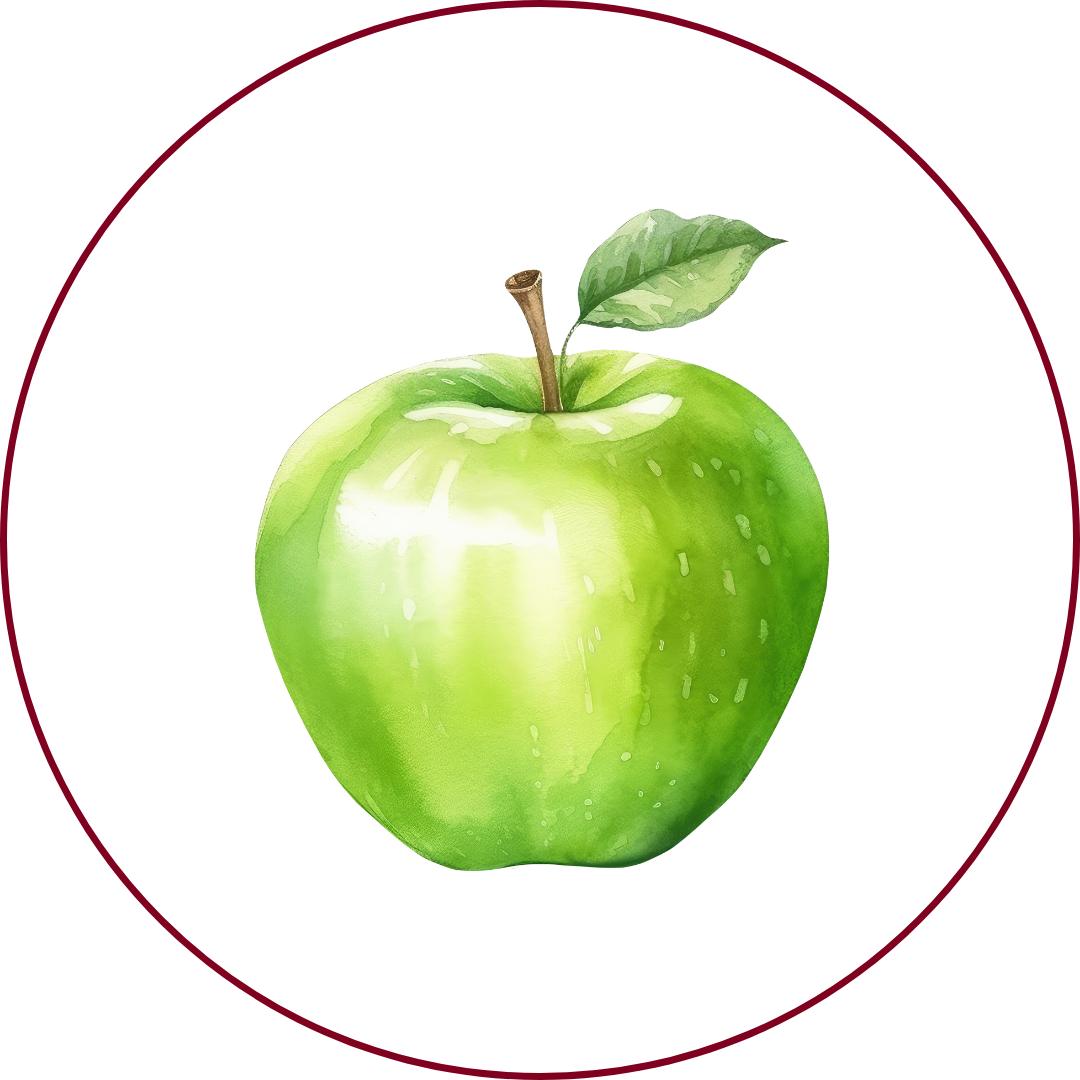
Green Apple
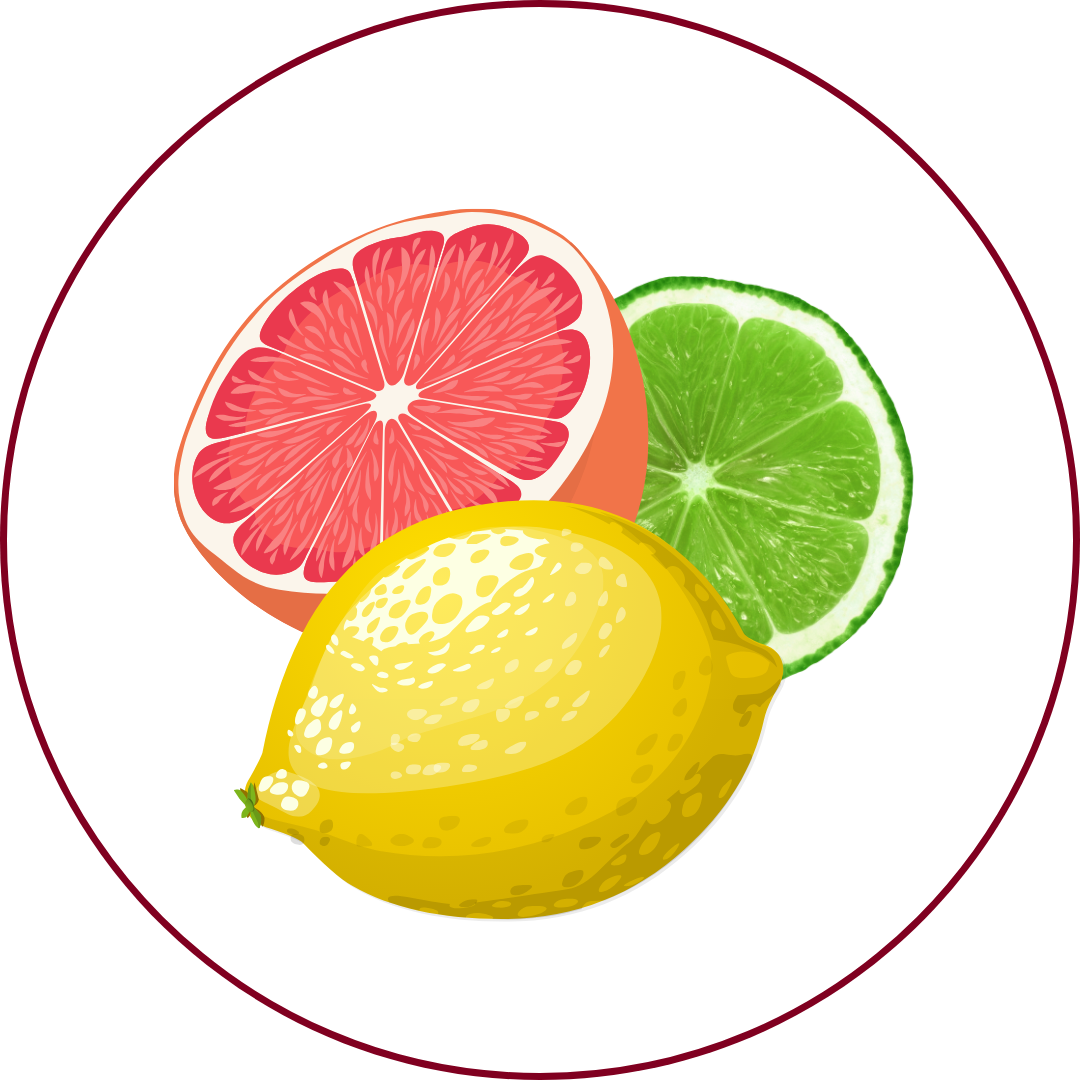
Citrus
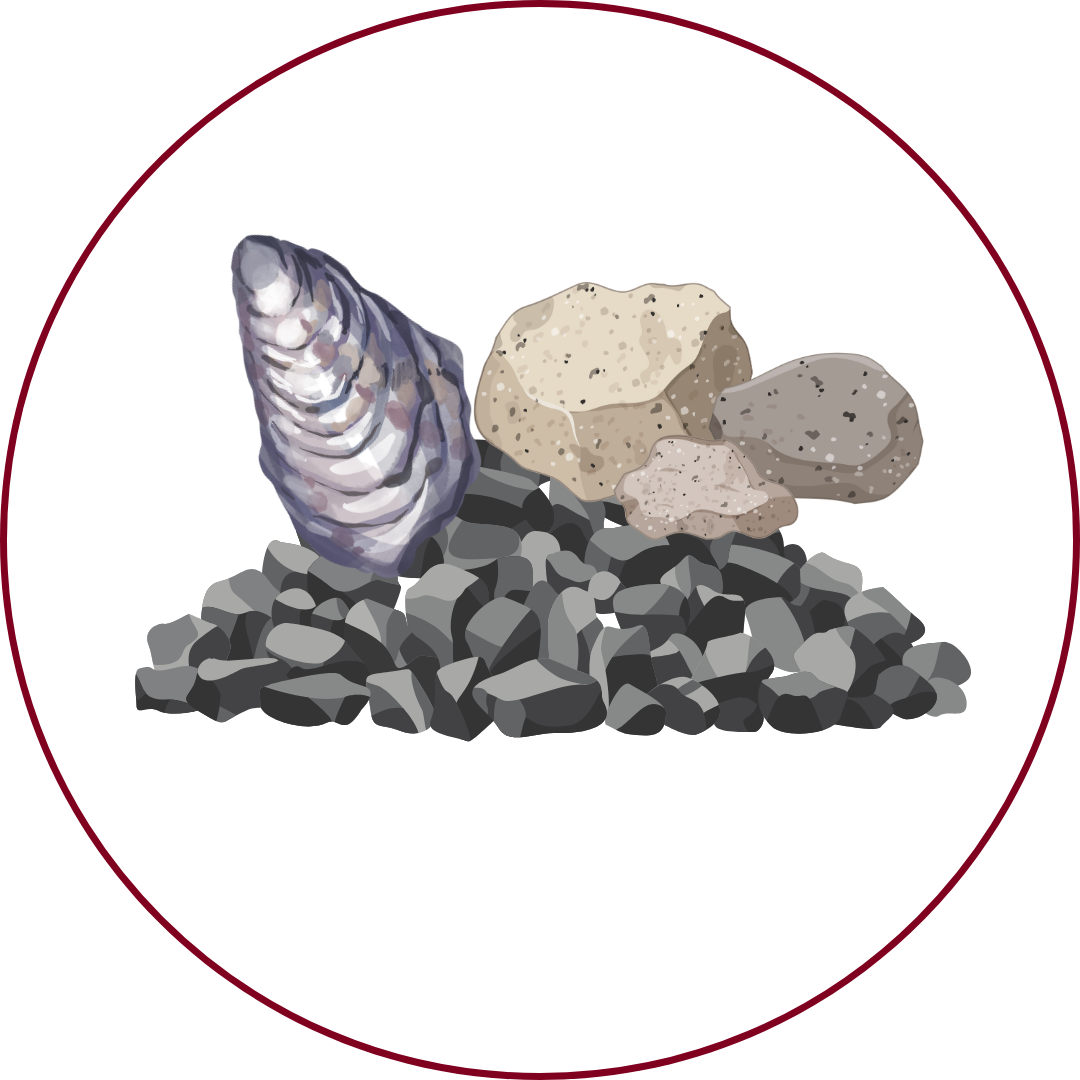
Mineral

Floral
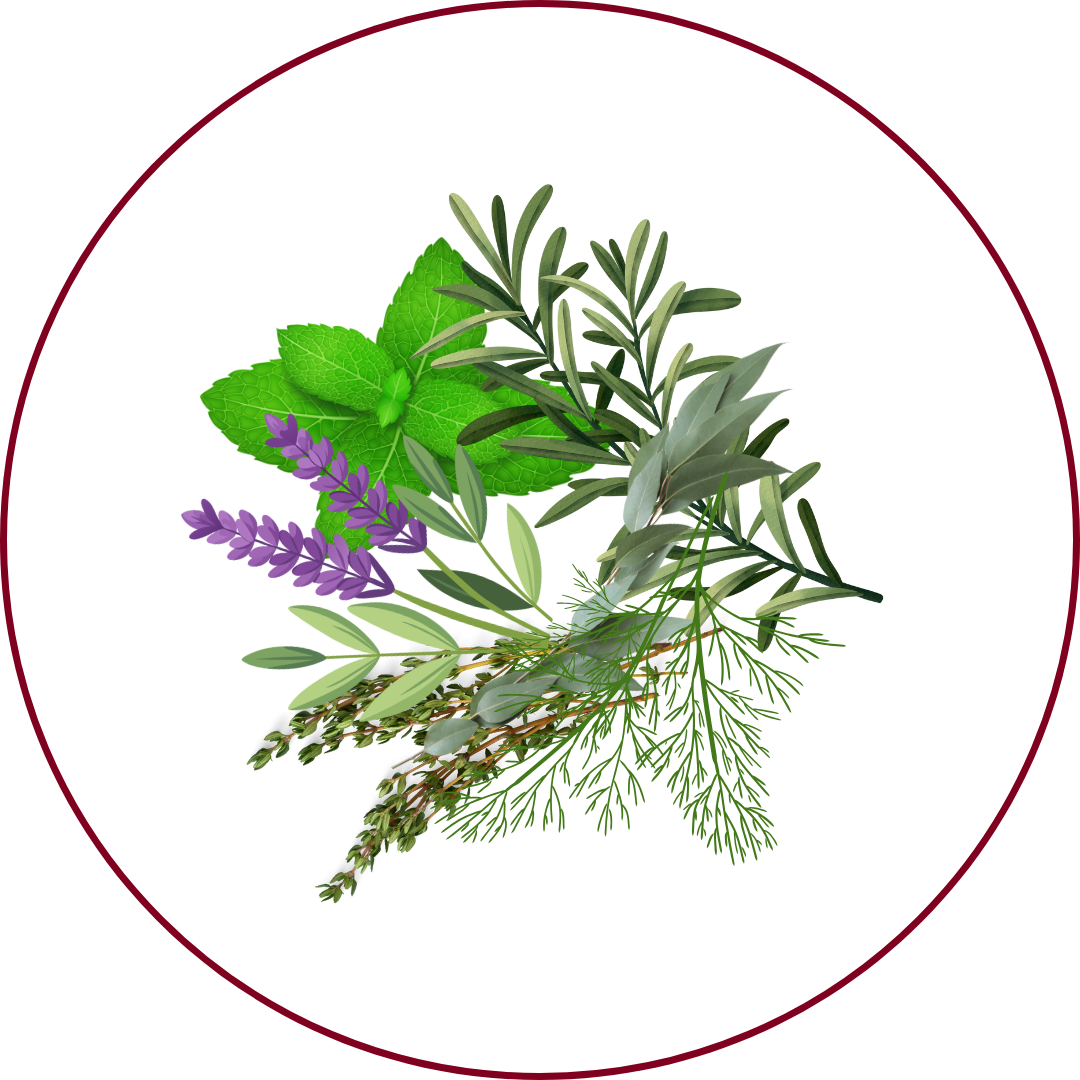
Herbal
Folle Grise wines are characterized by fresh flavors of green apple and citrus, complemented by a pronounced minerality and subtle notes of white flowers and herbs. The high acidity provides a crisp and refreshing finish, making it a delightful choice for those seeking a light and zesty white wine.
Food Pairing
Folle Grise's high acidity and light body make it an excellent match for seafood dishes, particularly oysters, mussels, and other shellfish. It also pairs well with light salads, goat cheese, and dishes featuring citrus elements. The wine's crispness complements the freshness of these foods, enhancing the overall dining experience.
Growing Regions

France
Loire ValleyGascony
Notable Wines & Producers
Gros Plant du Pays Nantais
Domaine de la Pépière
Domaine Luneau-Papin
Folle-Grise FAQ
Common questions about this grape variety
What is the origin of Folle-Grise?
+
Southwest France
Is Folle-Grise wine full bodied?
+
Folle-Grise has a body level of 2 out of 5. Which means that Folle-Grise is Moderate to Light bodied.
Is Folle-Grise wine dry or sweet?
+
Folle-Grise has a dryness level of 1 out of 5. Which means that Folle-Grise is Dry.
Where is Folle-Grise wine from?
+
Southwest France
Where is Folle-Grise grown?
+
Folle-Grise is grown in France (Loire Valley, Gascony).
What is Folle-Grise like?
+
Folle Grise wines are characterized by fresh flavors of green apple and citrus, complemented by a pronounced minerality and subtle notes of white flowers and herbs. The high acidity provides a crisp and refreshing finish, making it a delightful choice for those seeking a light and zesty white wine.
What does Folle-Grise pair with?
+
Folle Grise's high acidity and light body make it an excellent match for seafood dishes, particularly oysters, mussels, and other shellfish. It also pairs well with light salads, goat cheese, and dishes featuring citrus elements. The wine's crispness complements the freshness of these foods, enhancing the overall dining experience.
What does Folle-Grise taste like?
+
Folle Grise wines are characterized by fresh flavors of green apple and citrus, complemented by a pronounced minerality and subtle notes of white flowers and herbs. The high acidity provides a crisp and refreshing finish, making it a delightful choice for those seeking a light and zesty white wine.
Take Folle-Grise Knowledge with You
Access detailed grape profiles, tasting notes, and pairing suggestions on your iPhone.
Download on theApp Store